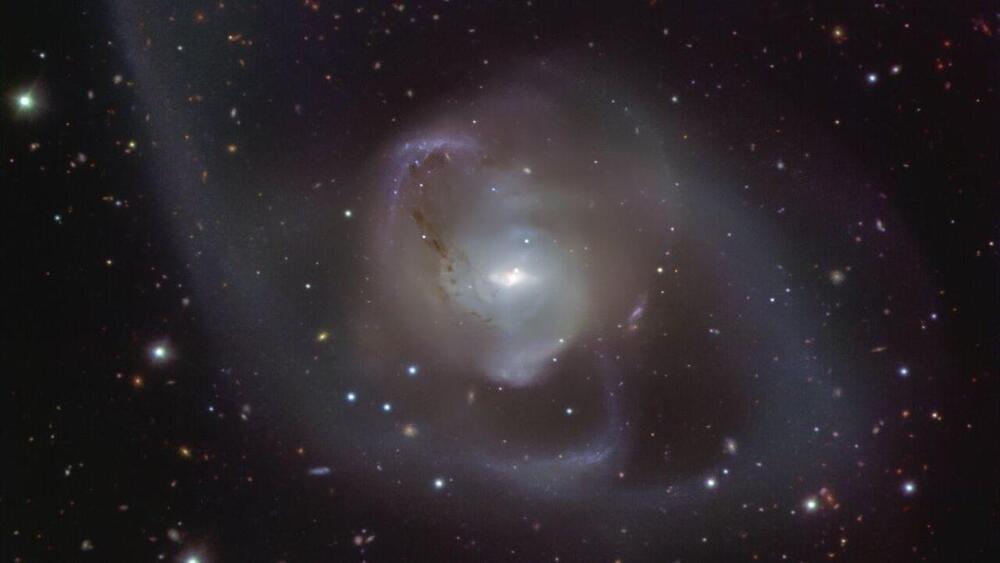One hypothesis for the nature of dark matter is that some of it could be self-interacting, meaning the individual particles interact slightly with one another.
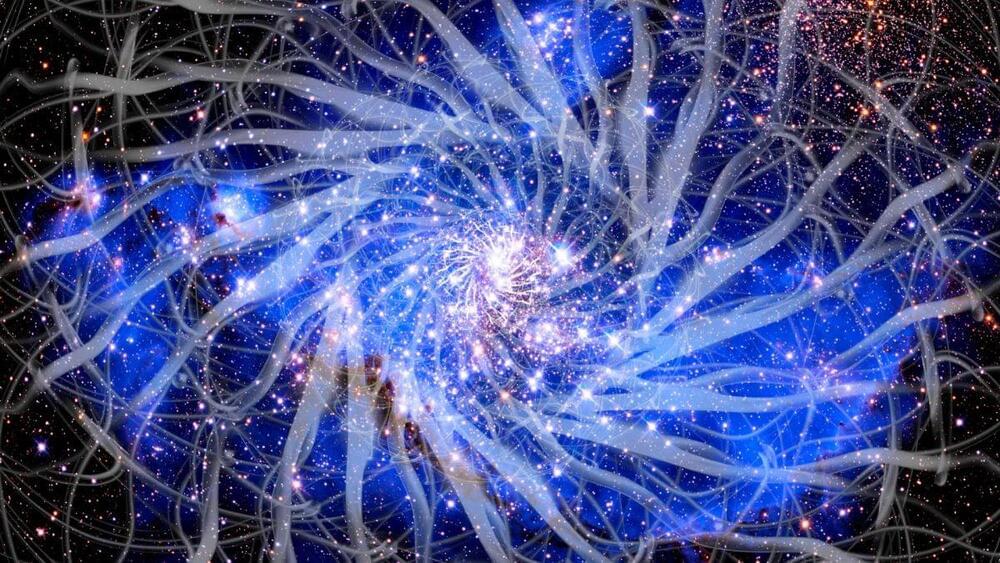


Unlike the plethora of high-res cosmic photography we’ve been blessed with this year, this breathtaking snap doesn’t come from the James Webb telescope but instead, it comes from two astrophotographers who met each other on Reddit.
Stargazers Andrew McCarthy and Connor Matherne first connected on Reddit and then Instagram several years ago after becoming mutual fans of each other’s work.
McCarthy is renowned in his field for his incredibly detailed photographs, taking tens of thousands of photos and stitching them together in a ‘mosaic’ fashion to create incredibly detailed and precise images of his subjects.
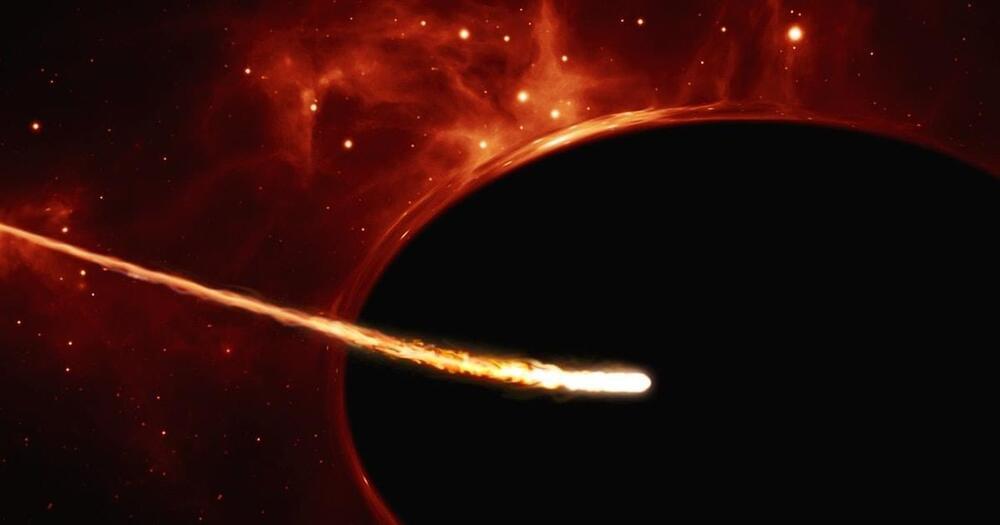

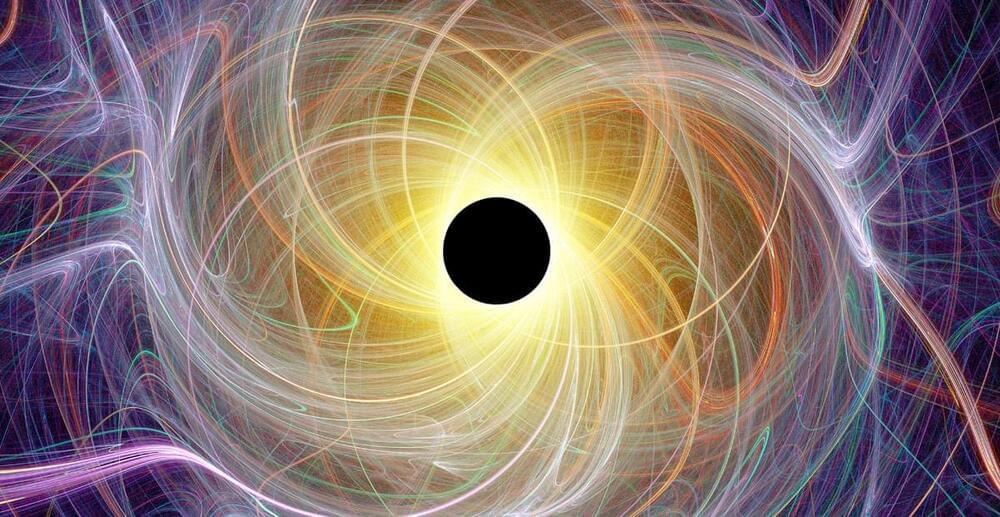
Unstable black holes would require a rewrite of Einstein’s gravitational theory.
An international group of scientists finally proved that slowly rotating Kerr black holes are stable, a report from Quanta Magazine
In 1963, mathematician Roy Kerr found a solution to Einstein’s equations that accurately described the spacetime around what is now known as a rotating black hole.
The solutions to Einstein’s equations that describe a spinning black hole won’t blow up, even when poked or prodded.
The JWST provides an intriguing look at the early universe, but it’s not yet rewriting fundamental theories of the cosmos.
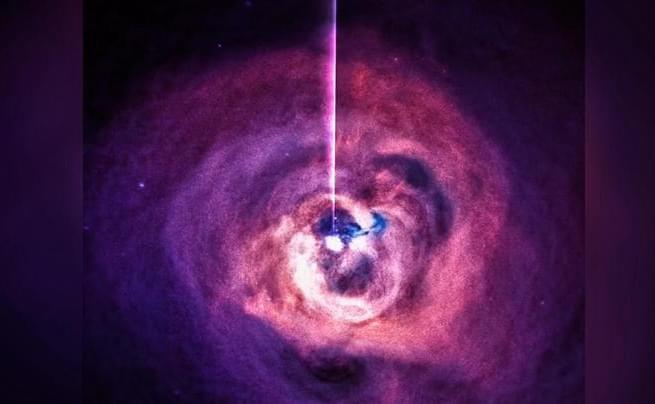
NASA has dropped a remix of what a black hole sounds like — and it’s exactly what you’d expect. The hole in question sits 200 million light-years away in the Perseus galaxy cluster — an 11 million-light-year-wide set of galaxies packed with hot gas. In the clip, you can hear rumbling and groaning which feels fit for an episode of Stranger Things, but it’s actually pressure waves rippling through the hot gas.


